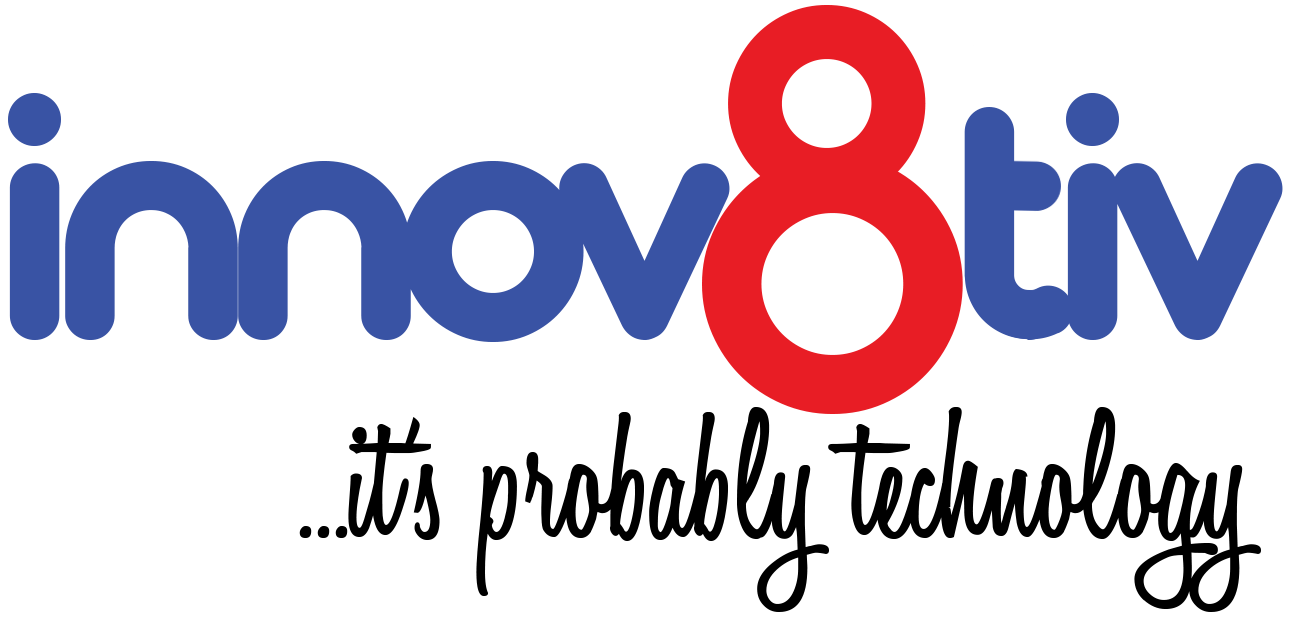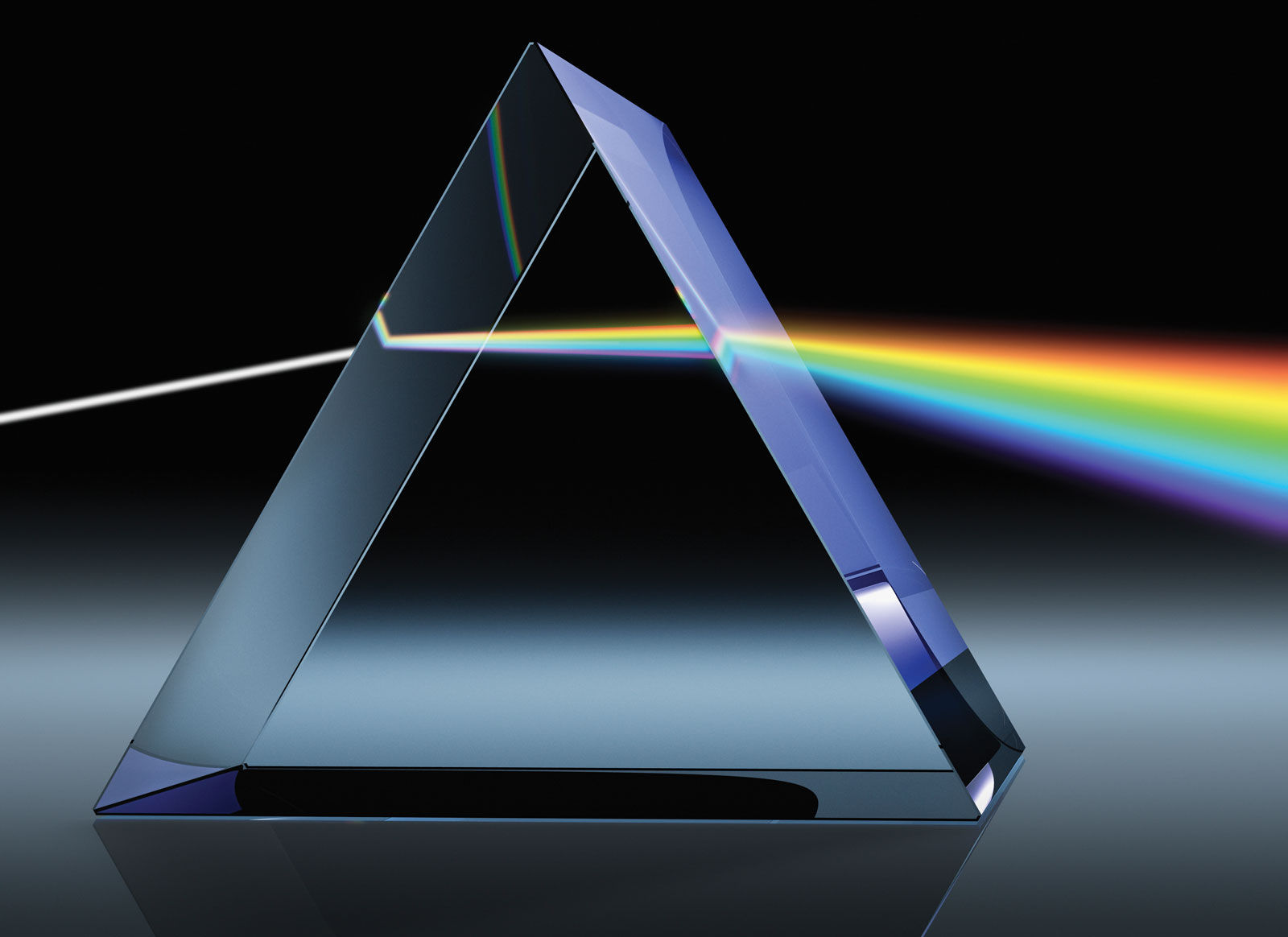During the early years of the commercial rollout of fiber optic cables around the world, consumers were enthusiastic about the prospects of fastest internet connection speeds in history. However, that enthusiasm slowly but steadily starting to die out, as the reality hit, that rolling out of fiber optic lines is a cumbersome and expensive undertaking.
The biggest problem with fiber optic connection is that you still have to transmit the data over wires. Laying down this wired infrastructure has more challenges as it is slow and expensive to reach everyone compared to a wireless data transmission mechanism. For that reason, roll out of fiber optic remains a slow process and only available to densely populated locations near areas close with other supporting social amenities and infrastructures such as power and security.
What if we could do away with these Fiber Optic lines?
Given the hamstring limitations facing rollout of fiber optic (wired) lines network, scientists are currently working on a wireless alternative to high-speed data transmission. A particular group of scientists has resolved to turn to twisted lights that are not only faster than fiber optic but can survive interference from the turbulent air.
The scientists argue that twist photons can cram more data in each transmission and survives air interference over a longer distance. They have achieved this result by passing light through a special hologram, which is said gives photons an optical angular momentum. Thus giving them the ability to carry more data; and for as long as the light’s phase and intensity are right, that twisted light can be beamed over long distances while transmitting data.
This team of researchers has already successfully beamed that twisted light over a distance of 1 mile in Germany. They deliberately conducted their experiment in an urban place, to make sure the beamed light will encounter as much air turbulence as possible; theoretically, tall building cause higher air turbulence.
Commercial deployment of Twisted Light as Fiber Optic lines replacement
No doubt, the prospects of replacing the expensive and slow to deploy, fiber optic lines is attractive to any internet user. However, the scientists’ work is still in its early stages, and a lot of work needs to be done; not to mention ensuring it is safe to deploy. You never know with these electromagnetic radiations; you just cannot be too careful!
Additionally, there some technological challenges that must be overcome. Take, for instance, questions on how to serve a large group of people at once, how is the data affected by raindrops or snowflakes in the air? These are the challenges light face when passing through the atmosphere, and certainly, so will this technology.
However, the technology seems very promising for last-mile wireless networking. Instead of having the expensive deployment of wired networks into homes and offices, ISP could use this light-based wireless link to achieve multi-gigabit speeds while avoiding using cables.



